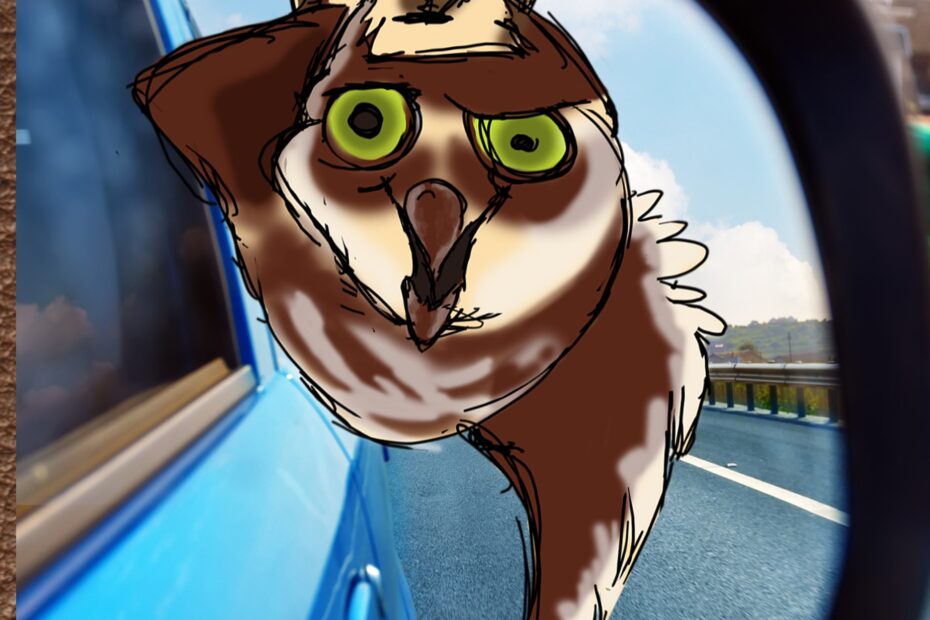by FREDERICA VON McTOAST-HYPHEN, Alternate Reality News Service Pop Culture Writer
Q: Why did the lawyer buy a condo the previous owner had killed himself in?
A: That joke uses an outdated stereotype of lawyerly behaviour, although it could just as easily have been about politicians, reality TV celebrities or bankers. In fact, it would have been hilarious if it had been told about bankers!
Lawyers…lawyers are like bathrooms: sooner or later, everybody needs one, but we’re kind of ashamed to talk about it. In the hierarchy of social disapproval, the popularity of lawyers is not quite as high as thirteenth century Mongol leaders and only slightly ahead of suicide bombers.
“Yeah, yeah,” stated criminal lawyer Allan “Sheckie” Williamson. “I’ve defended both suicide bombers and thirteenth century Mongol leaders, and, yeah, sure, it hasn’t made me popular outside the country club, but it had to be done! Lawyers, lawyers are like the Roto-Rooters that clean out the cesspool of society – if you don’t want smelly garbage backflowing all over your home’s beautiful hardwood floors, you need a lawyer!”
The Monster Advocates of Comedy Tour was intended to change the negative view of lawyers in the court of public opinion by proving that they had a sense of humour. Their case was quickly dismissed for lack of humility.
The Tour was scheduled to appear in 57 cities across North America (and Montreal) over a period of five months. In addition to Williamson, the scheduled performers were: copyright lawyer Phillip “Honey Bopbop” Hobson; divorce lawyer Albert “Take My Wife…But Please Don’t Take the House” Finnegan and; mergers and acquisitions lawyer Amos “Without Andy” Schmultz. Each would perform solo for about 20 minutes, then they would do a legal comedy jam together for another 10 or 20 minutes.
It was during the jam session in Montauk, Kentucky, the second city of the tour, that the trouble started.
Hobson accused Schmultz of stealing most of his routine on tort reform in the 1970s. “It was my best bit!” Hobson complained. “I mean, it killed! …in a non-lethal, non-culpable way, I mean.”
Schmultz claimed that he had been working on his bit on tort reform separately, that there were too many dissimilarities between the two routines for the accusation of theft to stick and that, in any case, the bit had precedents in Carlin, George, “Tort Reform is for Losers” (1972) and Bruce, Lenny, “How to Relax Your Lawyer Friends at Parties” (1961). “I resent Phil’s implications,” Schmultz said. “In a non-lethal, non-culpable way.”
By the fourth performance, in Gainesville, Alaska, Hobson and Schmultz got into a fistfight just as the jam was starting. After that, they refused to perform together, so the comedy jam portion of the event was cancelled.
Just before the eleventh performance, in Rutabaga, Illinois, Hobson sued Schmultz for copyright infringement, theft and aggravated hurting of feelings. After the eleventh performance, Schmultz countersued Hobson for definition of character, label and running a common bawdy house with too much licence.
That last charge wasn’t expected to go far, but it was one of the few that seemed in the spirit of the comedy tour.
The performances became increasingly bitter, causing critics to wonder if the tour was worth continuing. Williamson drew up papers to sue the critic, but never filed them. Instead, he sued Hobson and Schmultz for breach of contract. According to the lawsuit, “plaintiffs had contracted to jest, joke, jape, quip, and otherwise be funny for the duration of the Tour, which responsibility they are in danger of no longer fulfilling.”
Hobson countersued Williamson, claiming that not only was he as funny as he had been when the tour started, but that his interactions with the other legal performers had given him new, better material just about every night. Schmultz also countersued Williamson, claiming that when he read the text of the original lawsuit onstage, he was actually performing a tribute to Lenny Bruce.
“Yeah, yeah, it wasn’t exactly a laff riot when Lenny did it, either,” Williamson argued.
Feeling left out, Finnegan sued Williamson, Hobson and Schmultz for “discrimination [on a basis to be named later], alienation of affection and generally being despicable human beings.” When asked to elaborate, he added: “They put my stand-up comedy career in jeopardy!” The lawsuit was, appropriately enough, laughed out of court and Finnegan decided not to pursue the matter.
As it happened, all of the publicity surrounding the lawsuits ensured that the remaining nights of the tour were completely sold out. This turned out not to be so positive, as the comedians, on the advice of their lawyers, refused to make jokes about anything other than airline food, standing in lineups at the bank and the Supreme Court’s ruling on Citizens United. Reading bad reviews of the shows online, people started a class action lawsuit to get their money back. Eventually, the promoters and the venues had to sue the lawyers for lost revenue.
“So, uhh, yeah, the whole lawyers doing comedy thing turned into one big lawyer joke,” Williamson allowed. “I would say that that was appropriate, but my lawyer would probably kill me!”


